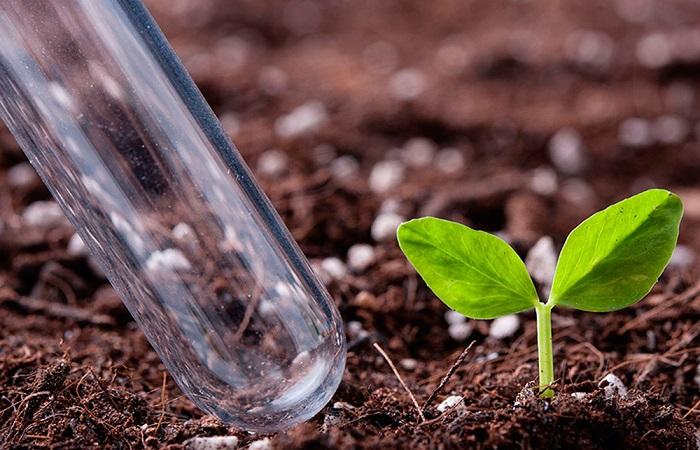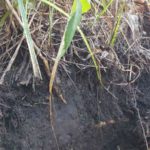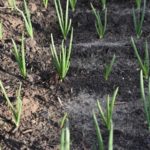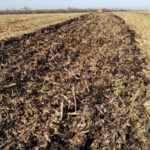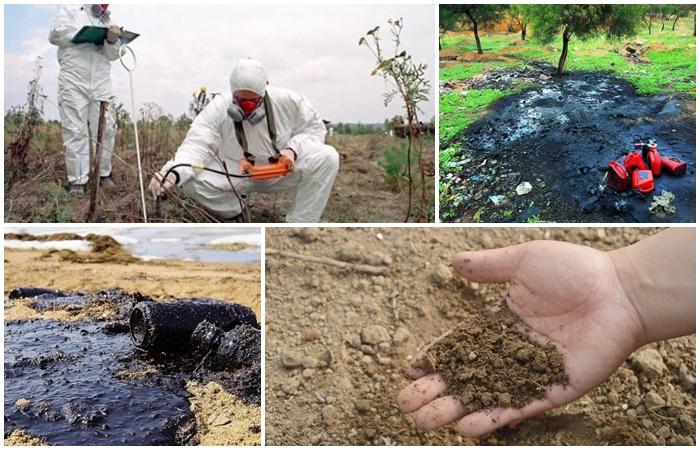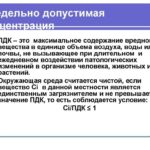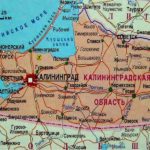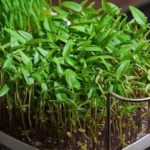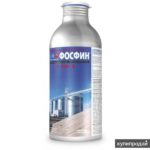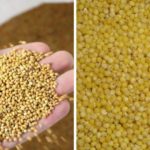The maximum permissible concentration of chemical elements in soil is the maximum permissible concentration that does not produce a negative effect on the human body. Identifying these parameters is not easy, since they are based not only on the chemical nature or toxicity assessment, but also on the basic properties of the soil itself. Soils differ in composition and structure, therefore the MAC parameters depend on a whole range of factors.
What is it and how is it measured?
The maximum permissible concentration of pollutants is understood as the level of their content in the soil, below which the elements do not pose a danger to people, animals and the ecosystem as a whole.This indicator is very important, since the soil cannot always cope with man-made pollutants on its own.
The MPC value is determined experimentally for each chemical element. It is set in milligrams per 1 kilogram of dry soil and is unified for all types of soil and territories.
In addition, another parameter matters – UEC. This term stands for “approximately permissible concentrations.” They are installed taking into account different types of soil. In official documents, the MPC or OPC level is several times higher than the actually dangerous level.
Specific MPC values are fixed in GOST. They are also included in sanitary and hygienic regulatory documents. Such indicators are of great importance for a correct assessment of the state of the environment.
When determining the maximum permissible concentration, it is important to take into account many features:
- Harmful substances enter the body indirectly. They can be absorbed by plants or penetrate into the air or water. There is also a general health impact. At the same time, harmful substances provoke deterioration of the land and affect the biocenosis. Therefore, MPCs are primarily established for substances that are capable of leaving the soil.
- The maximum danger is not the content of the harmful substance, but its mobile form. However, in practice it is quite difficult to establish this indicator. Therefore, when carrying out measurements, gross parameters are usually determined.
- The content of hazardous substances varies significantly depending on the type of soil. There are also differences in the ability of lands to self-purify. In addition, the composition and properties of the soil depend on the use of fertilizers.
- Soil can accumulate hazardous substances for a long time before a negative effect is visible. Therefore, one-time measurements are few. Long-term research is required to get the real picture.
Maximum permissible concentrations of various chemicals in soil
The main document that regulates the maximum permissible concentration for soil is GN 2.1.7.2041-06. Currently, sanitary standards provide values for 49 substances – mainly heavy metals.
The mobile form is given for 8 elements that belong to hazard classes 1 and 2. There are the following MPC parameters per 1 kilogram of soil:
- cobalt – 5 milligrams;
- manganese – 60-700 milligrams depending on the type of soil and pH;
- copper – 3 milligrams;
- nickel – 4 milligrams;
- lead – 6 milligrams;
- fluoride – 2.8 milligrams;
- zinc – 23 milligrams;
- trivalent chromium – 6 milligrams.
For other inorganic elements, gross MPC values are given. The following parameters are set for 1 kilogram of soil:
- arsenic – 2 milligrams;
- antimony - 4.5 milligrams;
- mercury – 2.1 milligrams;
- sulfur – 160 milligrams;
- vanadium – 150 milligrams;
- sulfuric acid – 160 milligrams;
- hexavalent chromium – 0.05 milligrams.
Parameters taking into account soil type have been developed only for manganese. For another 6 substances there are standards for different types of soil. They are presented in the form of ODC in document GN 2.1.7.2511-09. Such indicators exist for lead, copper, nickel, zinc, arsenic, and cadmium.
An important issue is the development of maximum permissible concentrations for fertilizers and chemicals that can cause great harm to the soil. The GN 2.1.7.2041-06 standard sets the following values:
- When using complex granular fertilizers, the level of nitrates in the soil should not exceed 76.8 milligrams per 1 kilogram.
- For liquid combined fertilizers, the content of mobile phosphates should be no more than 27.2 milligrams per 1 kilogram.
How to assess soil contamination
The standard set of studies includes:
- determination of the level of heavy metals - in total, it is necessary to establish the gross content of at least 7 harmful components;
- assessment of the content of petroleum products in the soil structure.
If necessary, advanced analysis can be carried out. It is recommended to take into account the characteristics of the source of pollution. Sometimes it is permissible to evaluate only one substance. It is required in case of accidents or release of a specific element.
It is recommended to take soil samples in accordance with established standards. They are defined by state standards. To assess the content of heavy metals, it is recommended to study the soil at intervals of at least 3 years. In this case, it must be taken from a depth of 0-5 and 5-20 centimeters. To assess the content of easily migrating elements, the entire depth of the soil profile is affected.
When taking soil samples, it is important to consider the type of land:
- For agricultural lands, samples are taken from every 0.5-20 hectares.
- When studying a personal plot, it is worth taking 10 samples from different parts of the territory.
- At industrial facilities, it is required to carry out measurements on an area equal to three times the size of the sanitary zone along the direction of air flow.
Maximum concentrations of hazardous elements are important for assessing the state of the environment. To obtain reliable values, it is recommended to carry out research according to the rules.

